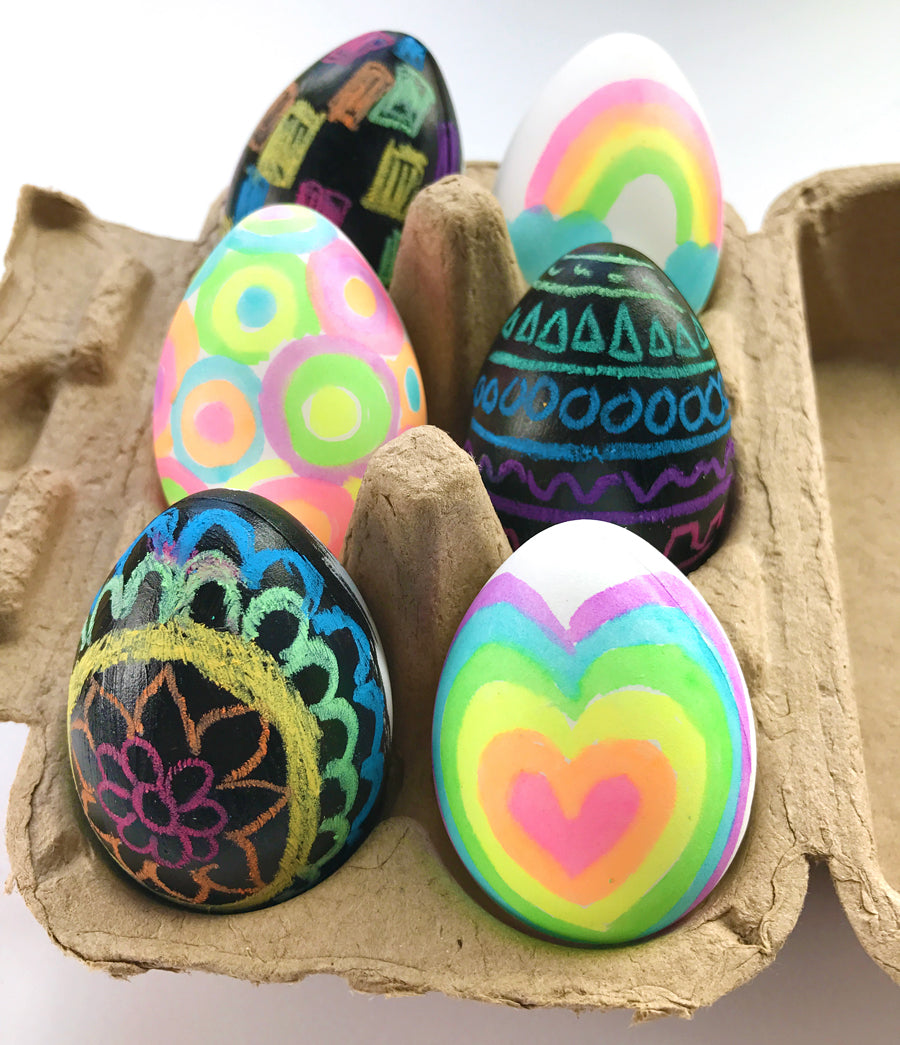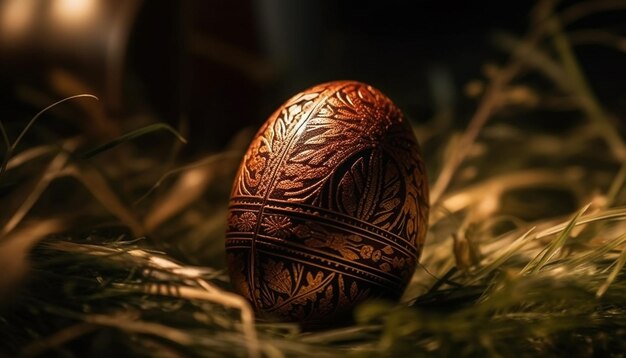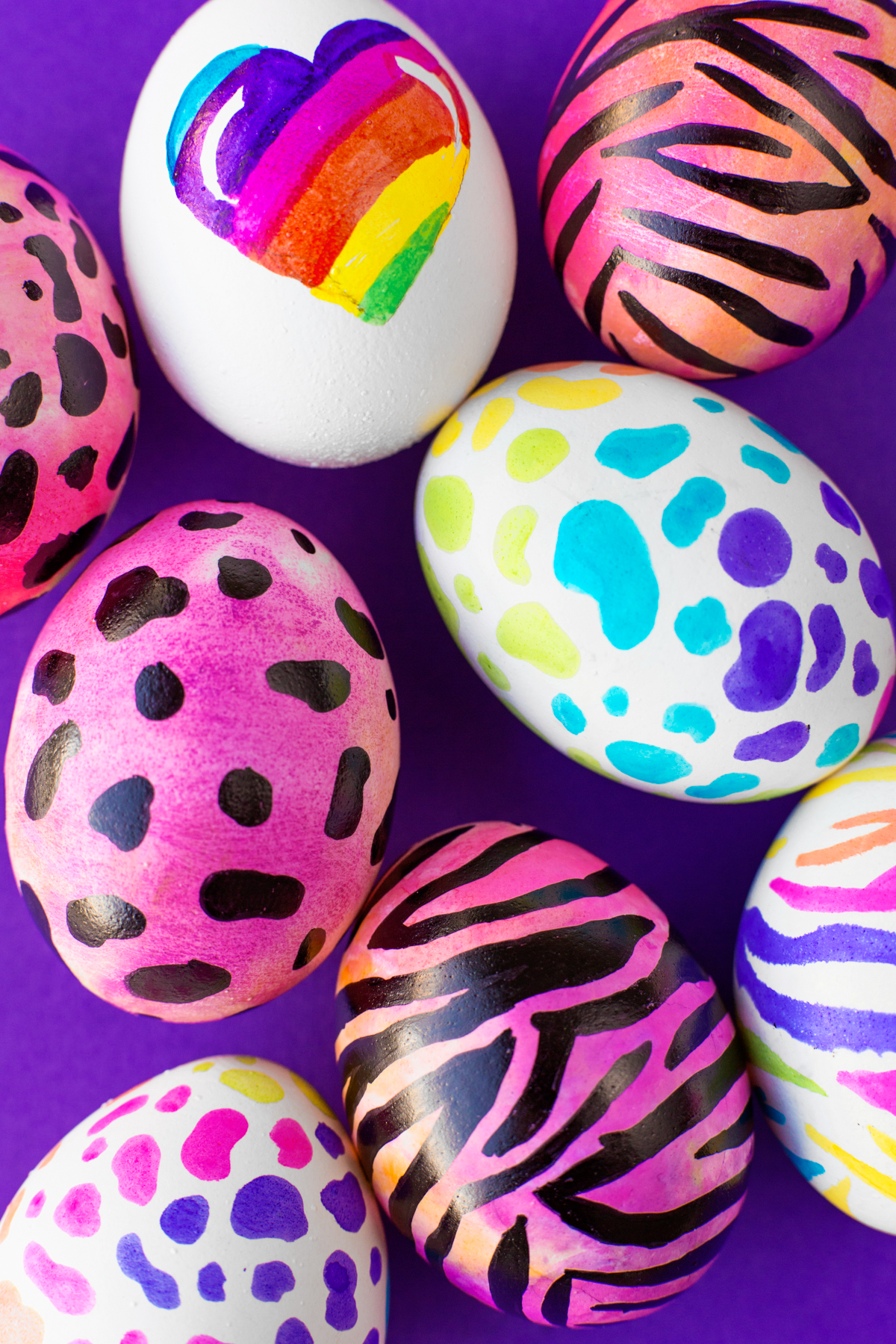Easter Egg Decorating: Unveiling the Tradition's Origins

In the kaleidoscope of spring festivities, there’s one tradition that stands vibrant and rich with history: Easter egg decorating. With roots in a tapestry of cultures and religions, this age-old practice of adorning eggs has evolved into a universal symbol of renewal, rebirth, and festivity. Let's embark on a journey to uncover the intriguing origins of this beloved Easter tradition, exploring the ancient history behind it, the symbolism it carries, and the way it has transcended time to become a cherished Easter ritual.
Unearthing the Ancient Roots of Easter Egg Decorating

Easter egg decorating is not an isolated or recent phenomenon; rather, it’s a tradition deeply embedded in the history of human civilization:
- Pre-Christian Origins: Before Easter became synonymous with Christianity, egg decorating was prevalent in numerous ancient cultures. In Mesopotamia and Egypt, eggs were symbols of fertility and rebirth, often buried with the dead or used in religious rites to invoke the blessings of various deities.
- Pagan Celebrations: Among Indo-European tribes, there were spring festivals celebrating the renewal of life where eggs played a central role, often dyed with natural colors to symbolize the awakening earth.
The Christian Symbolism of Easter Eggs

With the rise of Christianity, the tradition was imbued with new meanings:
- The Resurrection: The egg came to symbolize the tomb from which Jesus Christ rose, representing eternal life and rebirth. Christians saw the hard shell as the grave, and the life inside as Christ’s resurrection.
- Easter Customs: Early Christian communities adapted pagan customs into their celebration of Easter. Eggs were dyed red to signify the blood of Christ or decorated with crosses to emphasize the religious aspect.
The Evolution of Egg Decorating Through Time

As time passed, Easter egg decorating evolved, influenced by different cultures:
- Medieval and Renaissance Era: This period saw intricate art forms like pysanky, where Ukrainian women developed elaborate wax-resist methods to create colorful and symbolic designs on eggs.
- Easter Egg Hunts: The Victorian era popularized egg hunts as a children’s game, symbolizing the search for divine truth in the resurrection of Christ. This practice spread across Europe and eventually to the Americas.
- Modern Times: Today, eggs are not just dyed but decorated with various materials like paint, glitter, stickers, and even advanced techniques like bejeweling or marbling.
Exploring Global Variations in Easter Egg Traditions

| Country | Unique Egg Traditions |
|---|---|
| Ukraine | Exquisite pysanky eggs with intricate wax-resist designs |
| Germany | Eggs decorated with scenes from the Passion of Christ or folklore tales |
| Poland | Pisanki, eggs made by wax-resist methods, and Kraszanki, simply dyed with bright colors |
| Mexico | Hand-blown cascarones filled with confetti for festive celebrations |

🌏 Note: Each culture has its own unique approach to Easter egg decorating, reflecting local traditions and folklore.
🖌️ Note: While the methods may differ, the core symbolism of renewal and resurrection remains consistent across cultures.
In summary, the tradition of Easter egg decorating has grown from ancient beliefs in fertility and rebirth to symbolize the resurrection of Christ in Christian traditions. Across different cultures, eggs are adorned in myriad ways, each approach reflecting a unique blend of history, faith, and festivity. This practice has not only survived the passage of time but has thrived, evolving into a worldwide celebration that brings families and communities together in a shared tradition of creativity and joy. The richness of its origins, the depth of its symbolism, and the joy it brings to participants all contribute to the enduring allure of Easter egg decorating.
What is the oldest known tradition of egg decorating?

+
The oldest known traditions trace back to Mesopotamia and Egypt where eggs were used in religious ceremonies and were symbols of fertility.
How did Christianity influence Easter egg decorating?

+
Christianity adopted the egg as a symbol of resurrection, giving it new meanings. The practice became part of Easter celebrations, with eggs often dyed red or decorated with Christian symbols.
Why are Easter eggs often hidden or hunted?

+
These practices symbolize the search for divine truth and the joy of discovery, aligning with the theme of renewal and the resurrection of Christ.
What are some unique cultural variations in Easter egg decorating?

+
Unique traditions include the intricately decorated pysanky from Ukraine, the Victorian era egg hunts, and Mexico’s confetti-filled cascarones.



